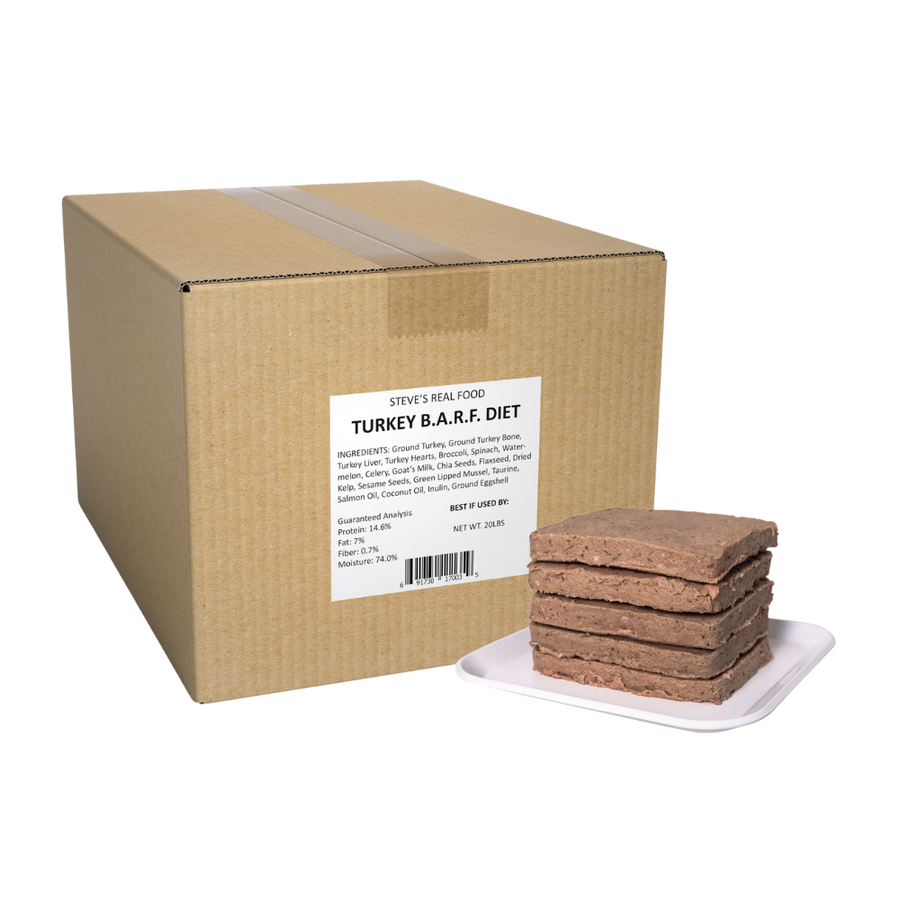Can You Serve Your Pets Raw Meat?
Over the years, dogs and cats have always consumed raw meats from living prey. Today, cats still catch, kill and eat animals such as squirrels, birds, and mice without concerns over poisoning. This is because cats and dogs are not only designed to consume raw meat but also have bodies that can comfortably process raw, living foods. For complete nutrition, dogs and cats need proteins, fats and other essential nutrients. Vegetables and fruits are essential components in the diet of animals that do not hunt whole prey, since they provide fiber and antioxidants. Pets require fresh, uncontaminated and moisture dense whole foods if they are to grow healthy and happy. This means that the nutritional solution does not lie in dry grain fillers, artificial preservatives, chemicals and processed foods. While it is possible for pets to eat processed foods, this is not the type of food that they are designed to eat. Their teeth are case in point, the function of their sharp teeth is to tear meat apart as opposed to grinding grains.
How Did We Get Away from Raw Food for Pets?
Although commercial pet food was first introduced into the market about one hundred years ago, processed food filled with grains and other fillers for pets can be considered a new concept from a historical perspective. During WWII, pet food was moist canned food, but the war necessitated the can metal so pet food manufacturers were forced bag their food, which resulted in dry kibble. Most manufacturers will tell customers that dogs and cats have evolved to a stage where they can handle the processed grain. However, paleontologists argue that it takes about 100,000 years for their digestive tracts to evolve to such levels. This means that the pets cannot benefit from purely kibble-based diets. Both dogs and cats have unbelievably resilient bodies that can comfortably handle foods that cannot be termed as biologically appropriate. The unfortunate thing is that this adaptability has resulted in dietary abuse. Even with the ability to adapt, feeding these household animals commercial dry pet food is comparable to a human eating exclusively at McDonald’s. Knowing the consequences, no sane person would go down that route. We are at a stage where there is general complacency when it comes to the food we feed the four-legged companions in our homes. Even veterinary students in vet school do not learn about diets that would be appropriate for specific pet species. All that we know is processed, commercial pet formulas. Somewhere along the line, shouldn’t somebody stick up their hand and ask why we started feeding dogs corn and rice, despite their pointy teeth and relative lack of digestive enzymes to make any use of starches and grains? The answer is simple - because it’s cheaper for mostly unregulated kibble food corporations to make.
But What About Parasites or Salmonella in Raw Pet Food?
Some of the biggest concerns that most people have with raw meats have a lot to do with parasites.
Parasites – Parasites such as roundworms, tapeworms, and hookworms move up the food chain and ultimately end up in the guts of animals. Because guts harbor parasites, you will not find them when you buy raw food. Muscle meat is the part of the prey that is commonly used to make raw pet foods, and this meat is sterile. Two major steps that you can take to reduce exposure to raw pet food to parasites are removing the guts of the prey and keeping the meat frozen at least three days before serving it.
Salmonella - Salmonella breakouts are a fact of life and will occur when there is contamination along the food chain. In fact, Salmonella is one of the main reasons why dry pet foods and human foods will be recalled. However, the bodies of dogs and cats are familiar with salmonella since they have some of it in their alimentary canal. Dr. Karen Becker, an integrative wellness veterinarian, says that salmonella is present in 36% and 18% of all healthy dogs and cats respectively, regardless of what they eat. The nature of dogs and cats is such that they should catch, kill and consume their prey. This means that their bodies are built to handle a variety of bacteria from food, most of which will cause illnesses in humans. If you would like to reduce the chances of a salmonella outbreak, you should consider getting good food locally and ensuring cleanliness in your kitchen.
So Why Does Raw Pet Food Come Under Scrutiny?
There are crucial steps to be followed when storing, handling and serving raw food to your pets. Raw food that is contaminated can pose health risks to your pet and family. The good news is that these situations can be mitigated. Just like any other product, not all raw food contains disease-causing organisms. At the same time, your dog’s immune system is a complex process, particularly when talking about the defensive cellular and chemical processes that take place in the intestines. With this knowledge, rather than having fears, you will gain a lot when you serve your dog or cat the food that they are naturally supposed to eat.
There are actually valid reasons why raw pet foods come under scrutiny by traditional veterinarians and people who have had bad luck trying living foods. But these pitfalls are, fortunately, avoidable.
- Homemade raw pet food can be unbalanced
- Changing to a new food too fast can cause upset stomach and diarrhea
- Feeding pets spoiled meat
If you want the benefits of feeding your pet natural, organic raw pet food, try Steve’s Real Food. There are no filler ingredients and it is balanced for all stages of life. You can place a recurring order online and your frozen raw pet food will be delivered to your door in an insulated container at the duration you select. Then all you need to do is scoop out the proper feeding amount, and store the bag of food in your freezer.
How to Store Raw Pet Food
Apart from placing the food in secure packaging, you should store it in the freezer to discourage the growth of bacteria. Keeping raw food at consistent freezing temperatures will deter the growth of microbes and reduce spoiling. The recommended temperature at which you should refrigerate dog food is 40 degrees Fahrenheit or below.
Tips for Handling and Serving Raw Pet Food
As much as you may educate your family on proper storage and handling of raw dog food, the responsibility of feeding the food to dogs should be left to adults alone. This is because the sanitary habits of children are usually not very reliable. However, all adults who feed the dogs should not only use common sense but also apply these guidelines. This will go a long way in enhancing your safety as well as that of your loved ones and pets.
- Use soap and water to wash your hands for 20 seconds after handling food
- Ensure that boards and utensils are washed thoroughly in the dishwasher or using hot soapy water.
- Every time you finish preparing food, you should clean countertops with hot, soapy water. This should be followed by cleaning using disinfectant.









